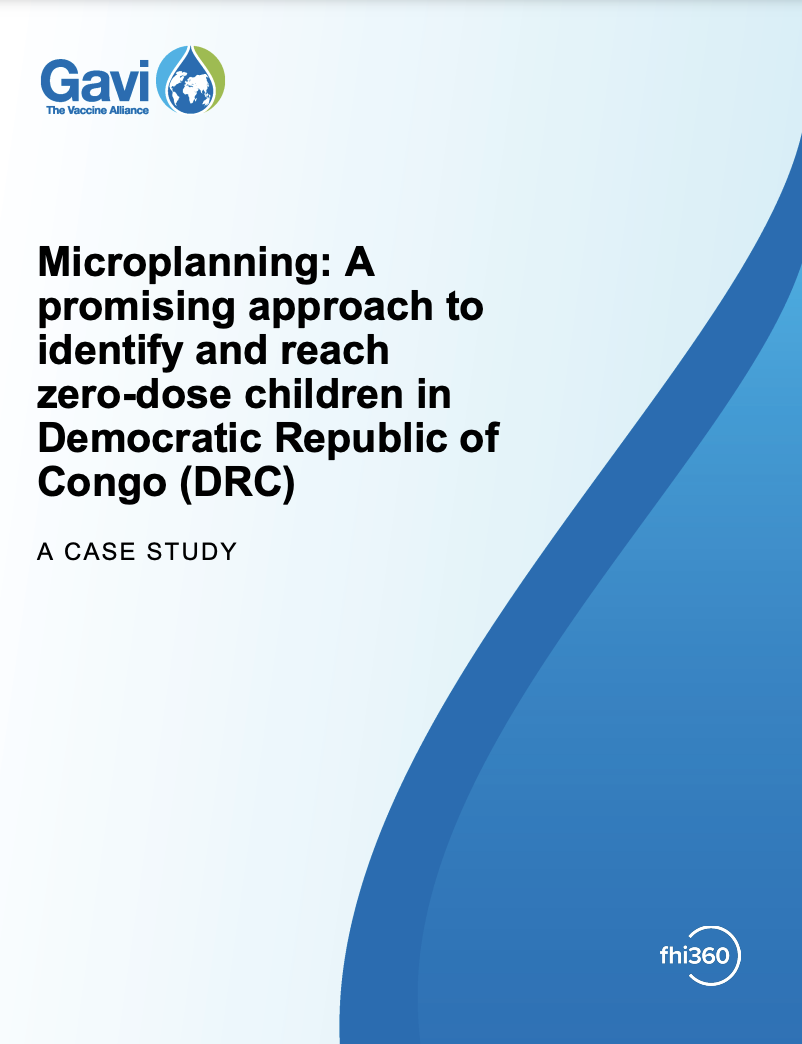High-resolution population estimation using household survey data and building footprints
The national census is an essential data source to support decision-making in many areas of public interest. However, this data may become outdated during the intercensal period, which can stretch up to several decades. In this study, we develop a Bayesian hierarchical model leveraging recent household surveys and building footprints to produce up-to-date population estimates. We estimate population totals and age and sex breakdowns with associated uncertainty measures within grid cells of approximately 100 m in five provinces of the Democratic Republic of the Congo, a country where the last census was completed in 1984. The model exhibits a very good fit, with an R2 value of 0.79 for out-of-sample predictions of population totals at the microcensus-cluster level and 1.00 for age and sex proportions at the province level. This work confirms the benefits of combining household surveys and building footprints for high-resolution population estimation in countries with outdated censuses.
| Authors | Gianluca Boo, Edith Darin, Douglas R. Leasure, Claire A. Dooley, Heather R. Chamberlain, Attila N. Lázár, Kevin Tschirhart, Cyrus Sinai 3,4, Nicole A. Hoff, Trevon Fuller, Kamy Musene, Arly Batumbo, Anne W. Rimoin & Andrew J. Tatem |
|---|---|
| Source | Nature |
| Published | 2022 |



